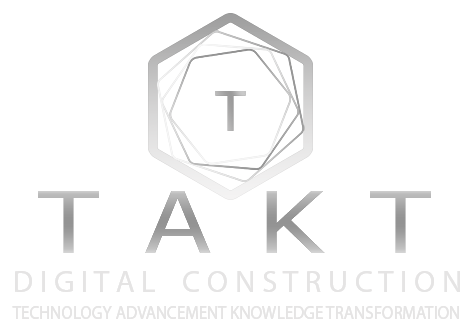
Constructability Review
1. Pre-Construction Review
Pre-Construction Review
- Conduct comprehensive assessments of project designs and plans.
- Evaluate site conditions, materials, and methods to identify potential challenges.
- Engage cross-disciplinary teams for holistic reviews, ensuring all stakeholder perspectives are considered.
2. Risk Assessment and Mitigation
Risk Assessment and Mitigation
- Implement rigorous risk analysis procedures to pinpoint vulnerabilities in the project.
- Develop proactive strategies to address identified risks, minimizing disruptions during construction.
- Continuously monitor risk factors throughout the project lifecycle.
3. Collaboration and Communication
Collaboration and Communication
- Foster open lines of communication among all project stakeholders.
- Utilize collaborative software tools for real-time updates and decision-making.
- Organize regular meetings to align project objectives and ensure all parties are informed of progress and potential changes.
4. Value Engineering
Value Engineering
- Analyze project components to identify cost savings and performance improvements.
- Apply innovative construction techniques and materials that enhance functionality and durability.
- Balance aesthetics with practicality, ensuring that all design elements contribute to project goals.
5. Field Verification
Field Verification
- Conduct site visits to assess actual conditions against project plans.
- Implement adjustments based on field observations to avoid costly changes during construction.
- Validate the constructability of systems and components prior to execution.
6. Feedback Loop
Feedback Loop
- Establish mechanisms for collecting feedback during and after project completion.
- Use insights gained to refine processes and improve future project outcomes.
- Promote a culture of continuous improvement within the project team.




